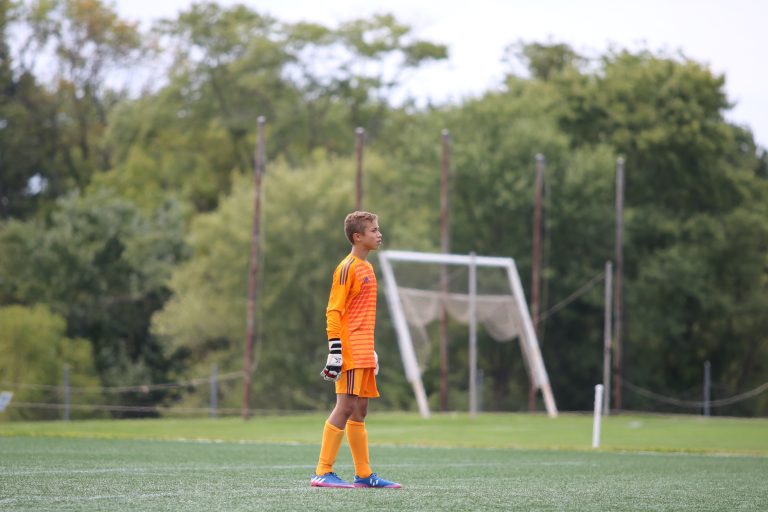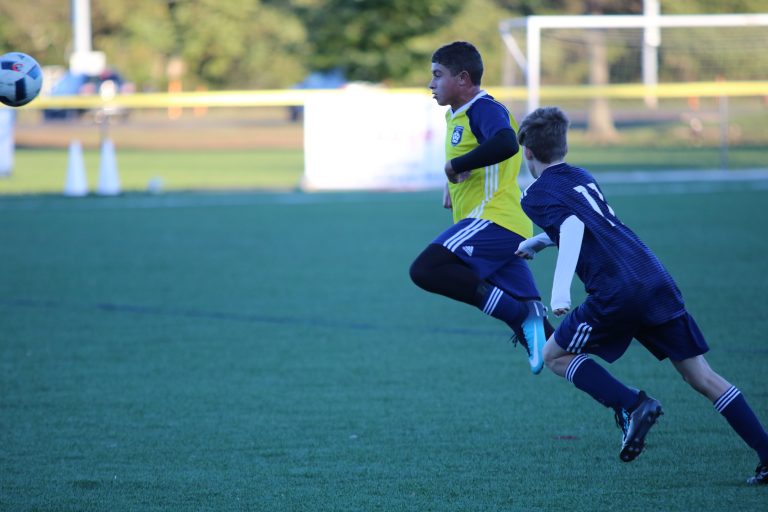
Not everyone has a high-end camera and lenses they can use for personal projects. However anyone here at Swarthmore does! If you haven’t heard about it yet, Media Services has a range of DSLR cameras, video cameras, audio recorders and A/V equipment that faculty, staff and students can borrow for class and for personal projects.
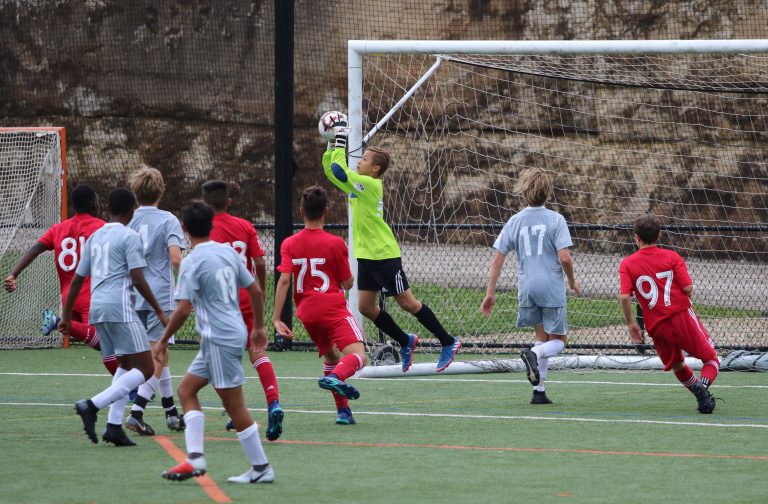
Lately, I’ve been borrowing one of the Digital Single Lens Reflex (DSLR) cameras Canon Rebel T6i and a very nice Canon 70-200 zoom lens along with a monopod (single stick, cameral support, like a tripod, but more mobile), to take pictures of my sons’ soccer games. One of the great things is that with a digital camera, you’re no longer wasting film on bad shots – since it’s all digital, you just delete them! In the mix, of course, I’ve been able to get a few really nice quality shots which are now being used by the soccer club for on their instagram account, and that have been appreciated by the other parents of players on the teams. And, yes, I’m openly sharing the photos with folks via Google Drive, I’m not in this for any sort of compensation.
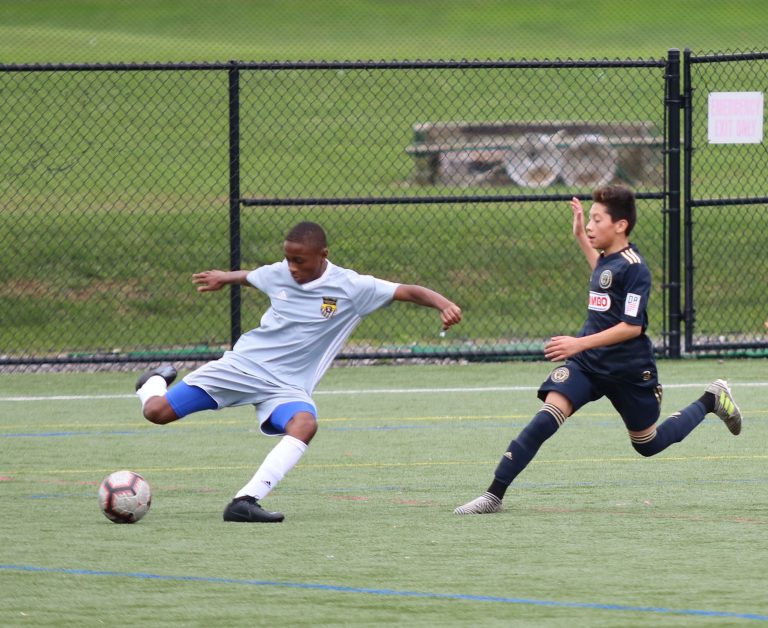
Along the way, I’ve been learning about the camera, the lens, how to position myself for the best shots, how to both take photos and watch the game and a bit about editing and photo selection. I’m also learning a tremendous amount about lighting conditions, camera angles, how to best use the zoom, depth of field, focus and all of those things that go into quality shots. And in particular, quality shots of moving targets! Sports photography has it’s own set of challenges that set it apart from other
forms, such as portrait, still or landscape types. I’m not going to pretend to be an expert on this elements, nor to suggest I could teach things to anyone else on this, but I’m certainly having fun with it, and my kids and their teammates families have all be roundly appreciative of the photos I’ve managed to capture. I’m just getting to the point where I want to learn more about taking these shots.
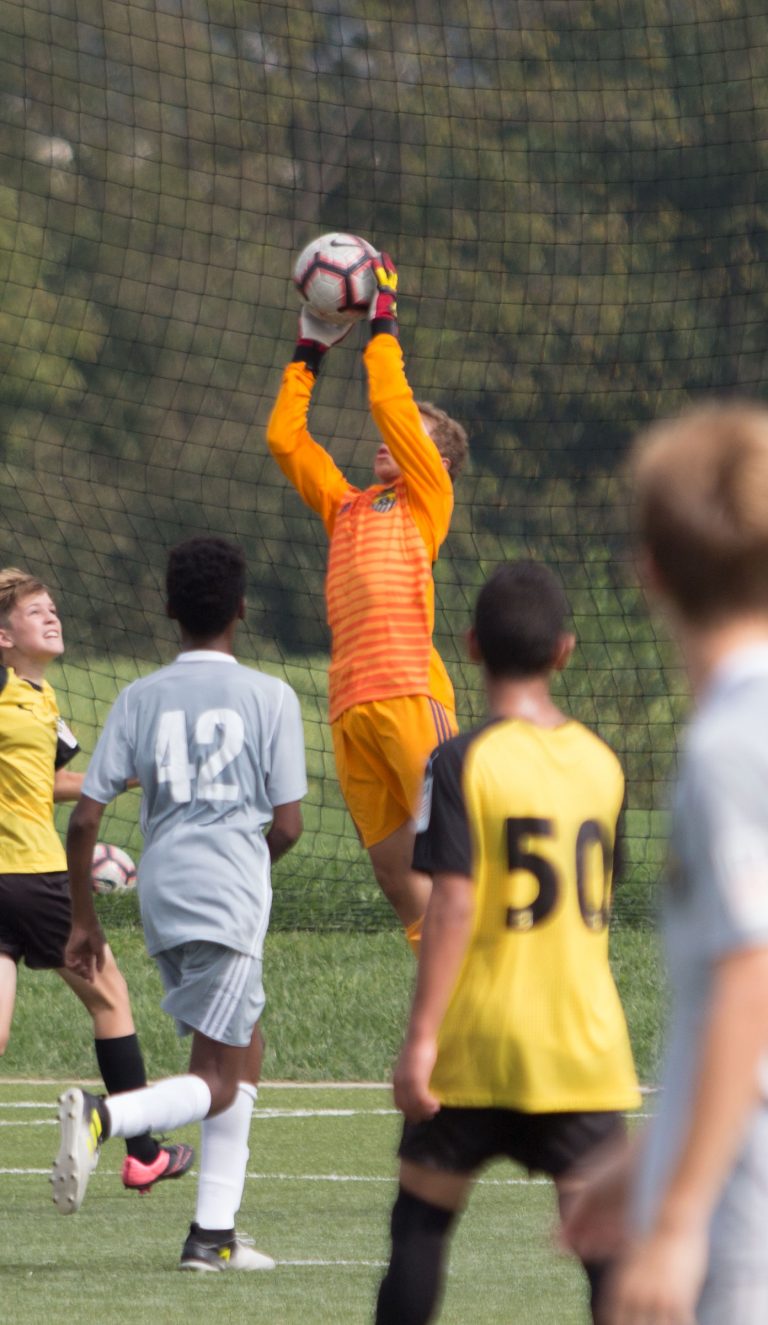
The manuals are generally available online from the companies who make the equipment, and there are all sorts of online training classes available to those who want to know more formally how to photograph more professionally, or simply better. Through the College supported service at https://lynda.swarthmore.edu, you can find courses on photography, and on Photoshop and other tools to edit your work.
This is just one small part of what’s available to anyone here at the College. The Media Services team is really helpful about setting things up and making recommendations for how to best use the equipment. And there are student and professional staff in the Media Center that can help you learn more about the software to edit your media projects. For a list of equipment available to borrow, see this link: https://www.swarthmore.edu/its/equipment-available-checkout and contact Media Services in Beardsley Hall (x-6201, avbox@swarthmore.edu) for more information.